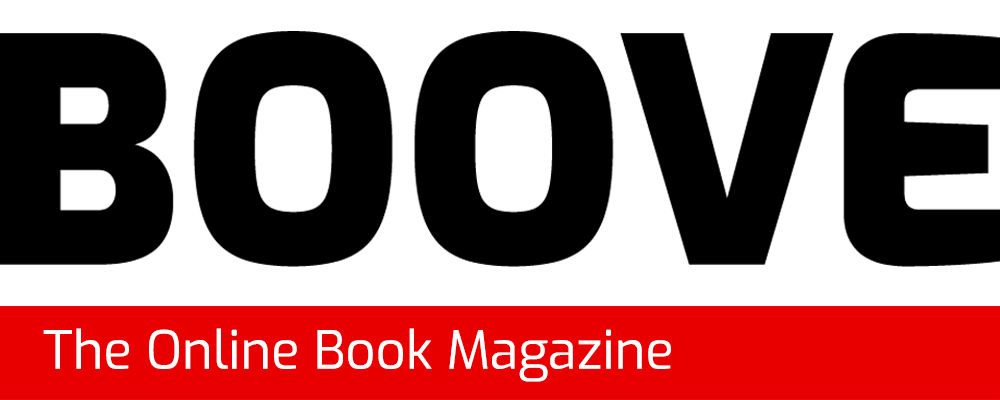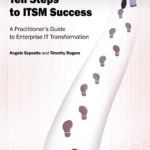The Power of the Agile Business Analyst, second edition Book Summary:
30 ways an Agile business analyst can help
Drawing on her extensive experience, Jamie Lynn Cooke proposes a new role for Agile projects: the Agile business analyst. She details 30 achievable ways that this role will increase relevance, quality and overall business value, and provide business users with crucial support. The Agile business analyst can also benefit the development team, being a ready source of business knowledge and ensuring that project outcomes align with requirements.
The Power of the Agile Business Analyst, second edition Book Review:
I loved this book! It’s clearly a must-read for agile business analysts. Cooke writes clearly and concisely, covering a great many of the challenges a business analyst faces on an Agile project.
If you are a new business analyst, you should read it to help shape your career. If you have many years’ experience, you should read it not just to refresh your memory, but also to expand your vision. It is hard to believe that your job has changed so much in such a short time.
Cooke writes for business executives, agile project managers, developers, Scrum Masters, agile coaches, product owners and business analysts. For each of these roles, she presents challenges, offers advice, and makes recommendations.
If you want a cheat sheet, this is not the book for you. It might take more time than expected to absorb all the ideas. If you want to broaden your thinking and skills, this is an excellent way to do it. And Cooke is worthy of the trust: she is an agile business analyst who has worked on many large IT projects.
The Power of the Agile Business Analyst, second edition is published in both print and online formats. I read the online version. It consists of three sections. The first presents the 30 ways an agile business analyst can contribute to an Agile project. The second section presents a skills list for a new business analyst. The third describes how to create an Agile success story. There are also two appendices: a review of business analysis software, and a list of relevant agile principles.
The book can be read cover to cover, or you can dip into it and read a few of the 30 ways on a particular topic that interest you the most. Either way, I recommend reading the book all the way through.
The Agile business analyst
The heart of the book is the 30 ways an agile business analyst can contribute to an Agile project. Cooke has distilled the insights of her own agile business analyst experience, and then added some of the best of what she learned while working in the Agile development community at Altran. She likens an agile business analyst to a “special operations” agent who works on the Agile project’s behalf and beside the development team.
The agile business analyst should be an advocate for the product owner and the business users on the project. She should also be an active driver of change: ensuring that the project delivers business value, contributing to the development of value-based products, and having a positive impact on the availability of products.
She should help the development team to understand what the product owner and business users really want, and provide guidance so that they can deliver the right solution, focused on business value.
The agile business analyst is there not just to solve the business users’ problems, but to help them solve their own problems. The business analyst is also there to solve challenges for the business users, and where necessary for the development team.
Cooke wrote this book plain and simple. No smart-sounding jargon. No high-falutin’ one-sentence paragraphs long enough to swallow a book. No unnecessary padding.
She tells you how to go about doing new things, and why you should.
A skills list for business analysts
As a new agile business analyst, I was surprised to find a whole section on the skills it takes to work effectively on an Agile project. The list includes an agile business analyst with experience working on an Agile project.
This section provided an excellent refresher on the basic skills I have previously learnt. But it also has plenty of information and advice for new agile business analysts. It helps us to understand what we need to do a good job. And it even provides some help on acquiring new skills.
I liked it. I think many new business analysts will find it helpful. This section and the list of agile principles are great tools for training your organisations’ future Agile business analysts. And the book is actually a useful resource for agile business analysts, providing a template they could use for their own personal development.
An agile success story
The third section of the book provides a quick and easy way to get started on your own Agile success story. Cooke presents a four-phase Agile success model, which could be applied to almost any type of project.
She presents an easy, step-by-step way to summarize your own Agile success story. She shows you how to write it so that you can publish it as a web site. An agile success story does not need to be long. Cooke’s methods make it possible to describe a project’s success in a few short paragraphs.
Conclusion
The Power of the Agile Business Analyst is a quick, interesting, and practical way to get started on Agile projects. Read the book cover to cover, or dip in and read the 30 ways of an agile business analyst on a topic that interests you. Either way, it is a practical guide that can help you find new ways to add value to your organisation and to your projects.
If you are new to Agile, you will find this is an excellent book. I recommend it to executives, business analysts, product owners and other project stakeholders who want to learn more about Agile.



